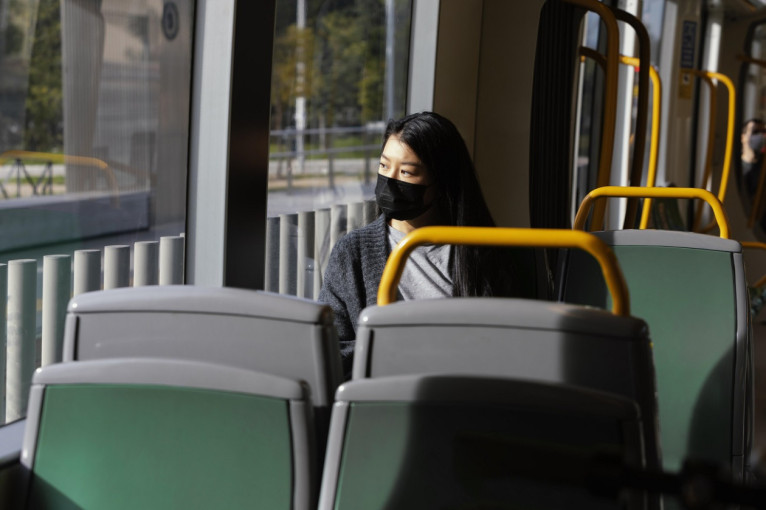
Indonesia faces significant challenges in its decarbonization efforts. Initiatives are still not fully effective due to factors like fossil fuel dependence, vehicle growth, insufficient public transportation, limited renewable energy, regulations, energy efficiency, and economic impacts.
Dr. Ikaputra, Head of the UGM Center for Transportation and Logistics Studies (Pustral UGM), highlighted the many challenges in decarbonization but emphasized the need for solutions. These include high initial costs, inadequate infrastructure, fuel quality, and public awareness.
According to him, green transportation, decarbonization, and sustainable development are not only the government’s responsibility but also require active participation from society, the private sector, and educational institutions.
“With good cooperation, sustainable and environmentally friendly transportation in Indonesia can be achieved,” said Dr. Ikaputra in a press release sent to journalists on Monday (Aug. 5), related to the results of a webinar organized by Pustral UGM titled “Green Transportation, Decarbonization, and Sustainable Development: Realities, Expectations, and Challenges.”
Dr. Ikaputra views the transportation sector as a major contributor to air pollution and greenhouse gas emissions in Indonesia and many other countries. The sector accounts for about 25 percent of greenhouse gas emissions, with road transportation, such as motor vehicles, contributing 90 percent.
Regarding the 2050 zero-emission target set by the Paris Agreement, Dr. Ikaputra believes it will be challenging for Indonesia to achieve the target without significant decarbonization efforts, particularly in the transportation sector, which contributes a substantial amount of emissions.
“Once again, contributions from all stakeholders, including the government, industry, and society, are crucial for a comprehensive effort to achieve zero emissions,” he explained.
Similarly, Pandu Yunianto, Head of the Sustainable Transportation Management Center at the Ministry of Transportation, shared a similar view. He noted that the use of gas and electricity in the transportation sector accounts for less than 1 percent, while most of the industry still relies on fossil fuels.
“About 91 percent of greenhouse gas emissions come from road transportation, making Indonesia one of the highest-polluting countries in Southeast Asia,” he said.
Although policies supporting decarbonization in the transportation sector have been implemented, he added, there are still several challenges and obstacles. These include using alternative energy, such as gas and electricity, which still needs support from many stakeholders, such as the lack of a roadmap for developing electric vehicle technology.
He suggested increasing the number of Public Electric Vehicle Charging Stations (SPLU) to promote Renewable Portfolio Standards (RPS). This policy concept encourages using renewable energy by requiring fossil fuel-based power producers to generate electricity from renewable sources.
Yunianto also highlighted the limited infrastructure for gas supply, which is restricted to motor vehicles, trains, and ships, and the need to promote the use of pipelines for cheaper, safer, and more environmentally friendly gas distribution.
Syaripudin, Deputy Head of the Jakarta Special Capital Region Transportation Office, reported that the office has prioritized transportation initiatives in Jakarta, such as reordering road user priorities to include pedestrians and cyclists and reducing noise and air pollution, as a foundation for the Jakarta Master Transportation Plan.
Several programs have been implemented, including improving park-and-ride facilities, enhancing low emission zones (LEZ), implementing parking incentives and disincentives, integrating park-and-ride payment systems with mass public transportation, and policy strategies like the odd-even system.
Meanwhile, Sahli, Executive Vice President of Corporate Strategic Planning, Monitoring, and Sustainability at PT Kereta Api (KAI) Persero, revealed that the number of train passengers helps reduce emissions. In order to transport 1,120 people, 160 private cars would be needed, whereas one train with 8-14 carriages can transport the same number of people.
He noted that the emissions produced by trains for that number of passengers amount to 45,920 grams of CO2 per kilometer, significantly lower compared to private vehicles, which produce around 115,360 grams of CO2 per kilometer.
Author: Agung Nugroho
Image: Freepik.com
Post-editor: Afif

